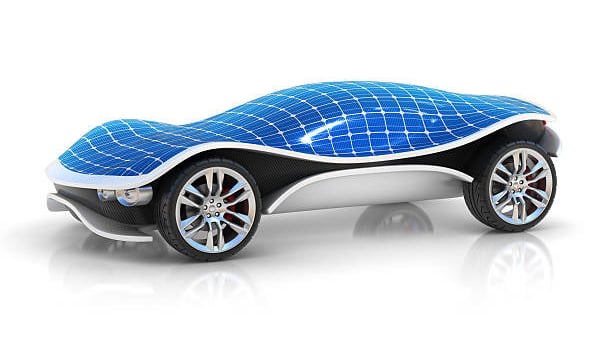Solar Electric Vehicles: Four Decades of Innovation and Future Prospectsre
Welcome to Greencrite, your go-to blog for the latest insights on recycling innovations and electric vehicle advancements. Discover market activities, research breakthroughs, and sustainable practices that are shaping our world. Join us in exploring how these two vital domains contribute to a greener, more sustainable future.
Rupam
5/8/20242 min read


January 7, 2025: Over the last four decades, solar electric vehicles (SEVs) have captivated researchers and innovators, combining solar photovoltaic (PV) technology with electric mobility. This growing interest has resulted in a wealth of knowledge, with more than 30 research papers published on the topic. Phew!!
And and and here we go.....
Key Areas of Research in SEVs
SEV research spans eight main areas: solar races, vehicle design, powertrain systems, PV systems, system integration, control strategies, performance estimations, and market/environmental assessments. Together, these studies chart the technological advancements and challenges shaping the evolution of SEVs.
1. Solar Races: A Catalyst for Innovation
Solar races have been instrumental in driving SEV advancements. Winning designs emphasize lightweight structures, low-drag aerodynamics, efficient PV systems, in-wheel electric motors, and advanced control strategies. These races not only foster technological progress but also educate students and engineers while showcasing the potential of solar-powered mobility. Today, major international races in the U.S., Australia, South Africa, and India continue to inspire innovation, with a growing focus on real-world mobility needs like passenger space and comfort.
2. Evolving Vehicle Design
Transitioning from racecars to practical vehicles, SEV designs now balance lightweight efficiency with passenger comfort and durability. However, limited research on low rolling resistance tires highlights the reliance on external suppliers for this critical component.
3. Advancements in Powertrain Systems
SEV literature highlights innovations in in-wheel electric motors but offers limited focus on battery design, which has benefited significantly from broader EV advancements. This underscores how SEVs leverage external technological progress.
4. Optimizing PV Systems
PV system research explores advanced solar materials, often derived from space-grade cells, and addresses challenges like shading, non-planar surfaces, and temperature effects. These studies aim to maximize energy output under real-world conditions.
5. Integration and Control Strategies
System integration focuses on efficient energy flow between solar panels, batteries, and motors, while control strategies optimize energy use by factoring in route, weather, and vehicle performance. Together, these approaches aim to maximize solar range and operational efficiency.
6. Performance and Market Assessments
Recent studies estimate solar range based on vehicle configurations and usage patterns, while market analyses assess the commercial viability of SEVs. However, findings suggest that SEVs often struggle to present a clear business case or environmental advantage over EVs charged via stationary PV systems or renewable grids.
Trends and Evolution
Initially dominated by solar racing, SEV research has diversified significantly since 2010. Today, topics like PV system optimization, system integration, and market viability are gaining prominence. Despite challenges, recent innovations include VIPV-equipped EVs (vehicles with integrated PV roofs) and niche SEV applications, such as delivery vehicles and buses.
Challenges and Future Directions
To achieve mass-market viability, SEVs must address several key challenges:
Durability and Cost: Develop PV systems that withstand harsh environments while remaining affordable.
Aesthetic Integration: Explore colored and visually appealing VIPV designs.
Seamless System Integration: Simplify PV and vehicle controller integration to reduce costs.
Real-World Data: Leverage operational insights from existing SEVs to refine designs and solar range predictions.
Standards and Certification: Establish protocols to validate VIPV performance and benefits.
Solar electric vehicles, once propelled by the excitement of racing, are now poised to redefine sustainable transportation. While SEVs face hurdles in achieving mainstream adoption, their potential for niche markets and innovative applications remains strong. By building on advancements in EV technology and addressing key challenges, SEVs can play a pivotal role in the transition to renewable-powered mobility.
